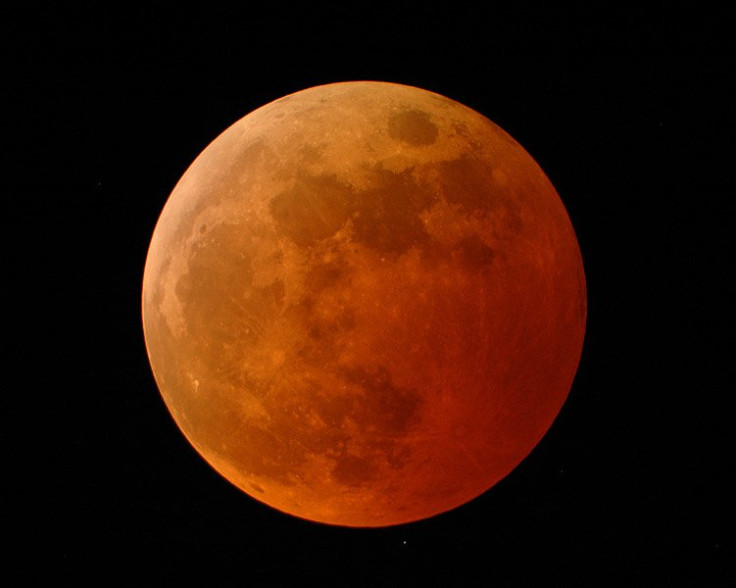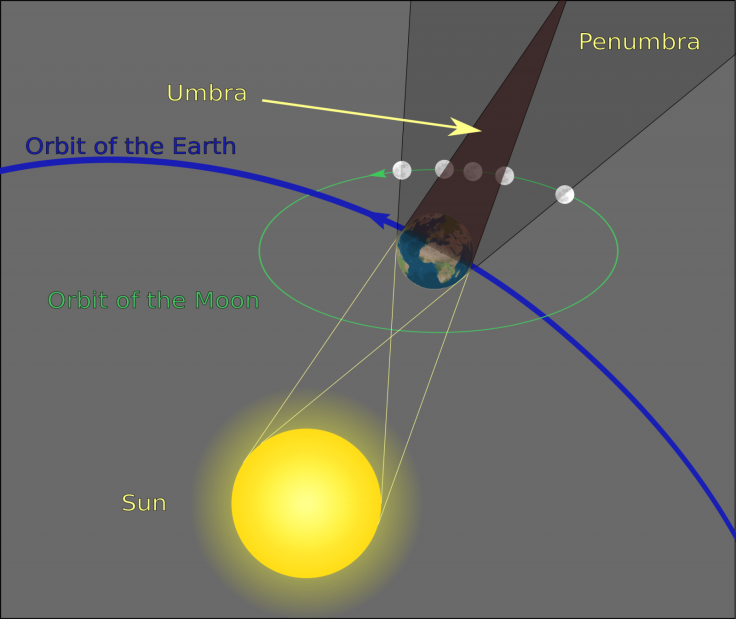Lunar eclipse 2015: Why this one is rare and where you can see it

Viewers across many parts of the world will be treated to a rare lunar eclipse this Saturday when the moon will turn a shade of copper brown for a brief four minutes and 43 seconds of totality.
According to Slooh.com, observers in western Alaska, Hawaii, eastern Australia, Japan and northeastern Russia will get the ringside view of the 'Pacific Ocean spectacle' from start to finish.
It will also be visible in western North America, eastern Asia, the Pacific, Australia and New Zealand.
Those in Asia, Australia, South America and New Zealand can catch the end stages after sunset. Eastern US can catch a partial eclipse before the moon sets and sun rises.
Europe, Africa, and the Middle East will miss out on the show entirely.
In western US, the time of totality will be around 5am local time. The Sydney Observatory says totality will begin at 10.58pm local time and finish at 11.03pm across most of Australia.

Why this one is rare
The eclipse is rare as it is one of the shortest in the century, according to Nasa.
It is also rare as it is a part of a rare series which won't be seen till 2032.
Lunar eclipses occur typically at least twice a year, but this eclipse is the third in a series of four in a row, known as a "tetrad." The first was on 15 April 2014, says Nasa. The second was in September 2014, the next is Saturday and there will be one more, on 28 September
The last tetrad occurred 10 years ago.
Much of the excitement and folklore accompanying the eclipse has been due to the colour of the 'blood moon' during the total eclipse. Exaggerated versions have spoken of a 'blood red' colour to the moon, while in reality this will be a dark shade of copper brown, say experts.
Why the reddish colour
The colour is due to refraction of sunlight in the Earth's atmospheric layers. This is proportional to the wavelength of light and hence the red part of the spectrum is what ends up refracted most.
Much of the lower wavelengths get scattered causing the skies to look blue.
Most total eclipses will see the moon in varying shades of red, depending on contents in the atmosphere. The more there is of water vapour, dust or volcanic ash in the air, the redder is the moon.
The view from the moon during a lunar eclipse would see the Earth as a dark ball with a red ring around it.
This red light is what is projected onto the moon, giving it a reddish brown hue during a total eclipse
For a total lunar eclipse to happen, the moon must be full, which means it is directly opposite the sun, with the Earth in between. The eclipse happens when the moon moves into the shadow cast by the sun shining on the Earth.
The totality when the entire moon is bathed in the Earth's copper-coloured shadow will begin at 4:58am Pacific Time. The live online observatory, Slooh will broadcast the event live starting at 3am PT.
It is safe to look at the moon during a lunar eclipse, unlike avoiding direct Sun gazing during solar eclipses, as the moon does not shine on its own energy.
© Copyright IBTimes 2025. All rights reserved.





















